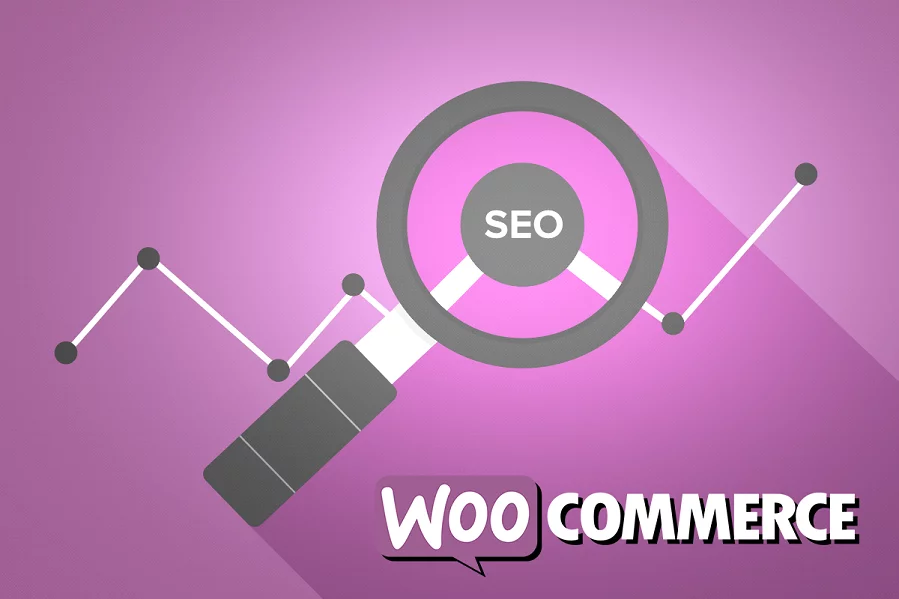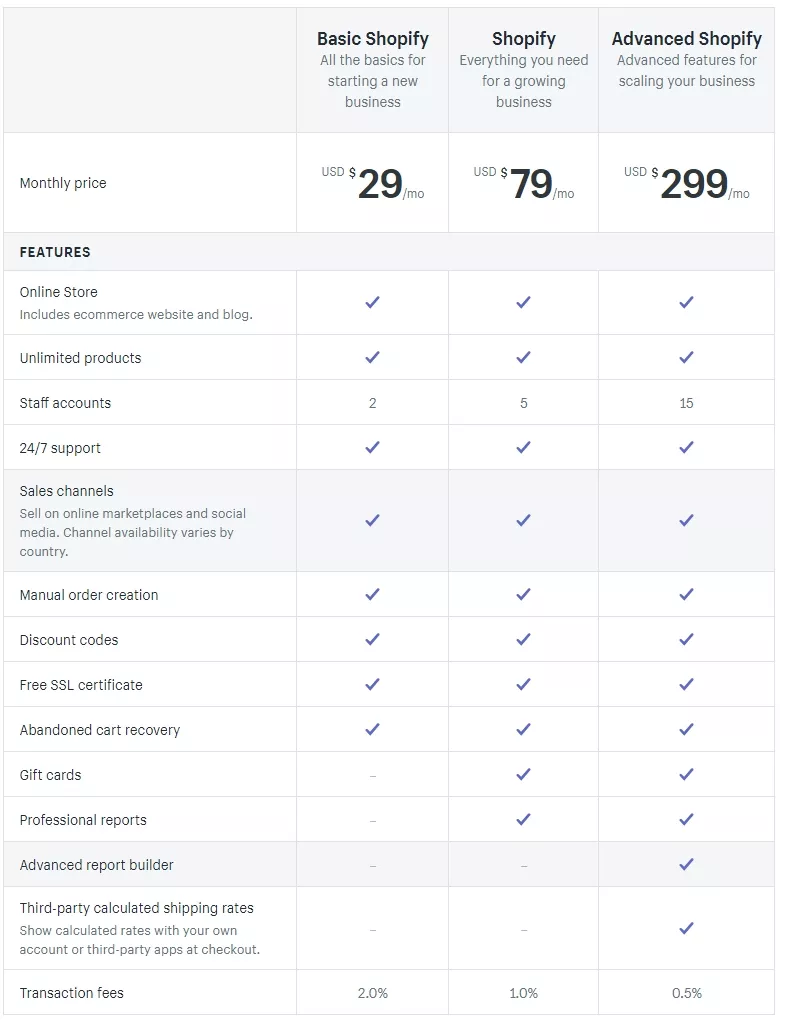Setting up an e-commerce website is a piece of cake, with a wide range of online tools readily available for anyone wishing to get an online store up and running immediately.
Suppose you are into consumer goods retail or own an SMB that specializes in selling niche items like jewelry, shoes, and clothing apparel. In that case, there are several e-commerce platforms that you can use to digitalize your store. Among these numerous platforms, however, are two renowned tools: Shopify and WooCommerce, which both account for millions of online stores presently on the internet.
A detailed comparison between Shopify and WooCommerce is necessary to find out the ideal platform for your online shop needs. However, it is worthy to note that the superiority of one of these platforms over the other is relative and limited to each unique circumstance.
Before a well-informed choice can be made between the two prominent e-commerce platforms, several features must be assessed for their effectiveness and overall contribution to the functionality of each platform. Only then will your ideal online store builder become clearer.
Features that are examined to make an apt comparison include the design of each platform’s store, the price and signup conditions, the media’s usability, and the professionalism of each platform’s customer support.
The Design of the E-commerce Store
The pertinence of design to the ROI of an e-commerce store can’t’ just be emphasized enough. It is clear for all to see that beautifully designed sites are more than likely to attract first-time visitors, unlike online stores that are masked with flat designs. Just like how the aesthetic of a product’s package plays a role in attracting shoppers at a physical store, the visual appeal of an e-commerce site’s design is critical to pulling prospective buyers into the online platform.
Design on Shopify

If there is any feature, Shopify is renowned for having abundant, and it is design templates that are among the best you can find on the internet. Its themes are crisp, sleek, and tailored to fit different niches that may interest you.
There are over 50 different store templates for prospective merchants to choose from, 10 of which are available for free. What makes this selection of design templates impressive, however, is the fact that they can be easily customized to create new variations. This makes sure that a business can acquire any of the store templates and modify them to fit the proposed brand.
Principal to Shopify’s’ easy customization function is an easy-to-use theme editor that allows users to make creative and structural edits to chosen templates to personalize its design and add uniqueness to the store. The theme editor also enables the customization of hidden sections of the e-commerce store that aren’t accessible on the front-end but still play critical roles in the display of the website.
Design on WooCommerce

With WooCommerce being an e-commerce plugin for the renowned CMS platform, WordPress, it principally adopts the design of the parent theme used for the web platform. Though most WordPress websites that initially incorporated WooCommerce into their platforms primarily functioned as blogs with the commercial aspect being only secondary features on the sites, the success of the website builder has, however, seen more e-commerce-inclined templates being released for use.
Being an open-source tool, WooCommerce ensures that e-commerce platforms can adopt various design options that can also be customized to suit the brands.
Numerous third-party developers create WordPress themes for the popular CMS platform. Many now modify most of their new releases to easily accommodate a WooCommerce plugin, which is now a standard feature in WordPress sites.
The numerous varieties of designs available for anyone that wants a WooCommerce-enabled WordPress site are pretty impressive, and each variant can be personalized to match your taste and fit your brand.
The functionality of the E-commerce Platform
Functionality is pertinent to an e-commerce platform’s performance as it involves many elements that facilitate the whole process of executing a commercial transaction—both Shopify and WooCommerce stand out as e-commerce platforms optimized for increased functionality. There are, however, minor discrepancies that make each of the platforms unique. Though most of their functions are aligned, the features responsible for their uniqueness remain distinct.
Functionality on Shopify
While you may have to install some utility apps to be able to use Shopify at an optimum level, its default platform comes with many features that exhibit basic e-commerce functionality. With a default Shopify platform, an SMB should be able to run its online store without any issue, though the forum’s performance may be barely satisfactory.
Features that are accessible for free on the Shopify platform include:
- No limit on the number of products that can be placed in the store
- No limit on file storage
- Ability to manually create an order
- Discount codes
- Free SSL certification
- A blog module
- Optimization for transactions on mobile
- Credit card and debit card payment options
- Editable HTML and CSS
- Inclusion and calculation of shipping rates and other taxes
- Language option
- Profiles of customers
- Disable shipping feature
- Social media incorporation and a Facebook selling module
- Capacity to withstand unlimited traffic
- Site analysis and product statistics
- Daily backups
- Use of gift cards
- Printing of Orders
These features are pivotal to the performance of the Shopify platform, but most importantly, they can be accessed without incurring any cost on the user, I.e., they are free.
Functionality on WooCommerce
In functionality, WooCommerce can stand toe to toe with Shopify because its incorporation as a plugin into the WordPress platform is seamless and productive. Since WordPress enables open source solutions from third-party developers, the number of readily-available features that can be applied in unison with the WooCommerce plugin to improve performance is enormous.
From plugins that allow you to edit the visual attributes of your store to those that help organize email marketing campaigns, these fantastic features are available at different rates ranging from free to a few hundred dollars.
The features that execute Woocommerce main functions include:
- Unlimited storage space for both physical and digital products
- Multiple payment methods and gateways, including PayPal
- Mobile responsiveness
- Data control
- A seamless blend with a principal WordPress theme
- Numerous additional plugins for optimized performance
- Facebook store and ad extension
Usability of the E-commerce store
This basically entails the overall management of the e-commerce store and mainly prioritizes the customer-end responsible for interaction between the buyer and the merchant. Ease-of-use is quite an essential factor that influences an SMB when opting for an ideal e-commerce store because it controls vital functions that are visible to the end users.
Usability on Shopify
Shopify is an easy-to-use platform that is basic and practical. Developed as a subscription-based web tool, it allows you to undergo an easy signup process and guides you through its setup wizard, ensuring that your e-commerce website is up and running in no time.
Creating and designing the store is relatively easy, with its one-click function aiding the whole design process and efficiently managing it from conception to completion.
Usability on WooCommerce
Operating and managing the WooCommerce platform is a walk in the park though some users aren’t’ fans of its setup process. Since you need to have WordPress installed before using any of its plugins, including WooCommerce, the popular e-commerce plugin setup process may be unpalatable for a few.
However, many hosting companies now offer instant WordPress installation along with their hosting services, making sure you only have to deal with the easy part: installing the WooCommerce plugin.
Price of the E-commerce store
While securing an introductory subscription to both e-commerce platforms requires no single charge, certain features and functions aren’t available to you unless they are unlocked by paying a fee. The subscription packages on Shopify and Woocommerce are pretty different when assessed structurally; hence, there is a disparity in the fees charged on both platforms.
Price on Shopify
Shopify offers an all-in-one package that doesn’t’ only give you access to the store builder but also covers other utility services like hosting, SSL Certificate acquisition, and top-level domain registration, all at the price of $29 monthly. There are advanced packages. However, that may cost up to $300 monthly.

Price on WooCommerce
The cost of running a WooCommerce store can indeed vary from just $20 every month to nearly $50, depending on the cost of third-party services like hosting, domain name registration, and SSL certification.
It is perhaps the ideal option for an SMB that wishes to accomplish its ROI goals. It does, however, require a little industry since you will also be working with other service providers.
Conclusion
While Shopify appears to be the ideal e-commerce solution for a prospective merchant, WoocCommerce seems to be the option that is well-suited for rigorous commercial transactions that form the crux of many SMB operations.
Regardless of the platform you settle for, it is critical to the success of your online venture that the e-commerce tool is tailored to fit the operation of your business because this is pivotal to the fulfillment of your business objectives.



